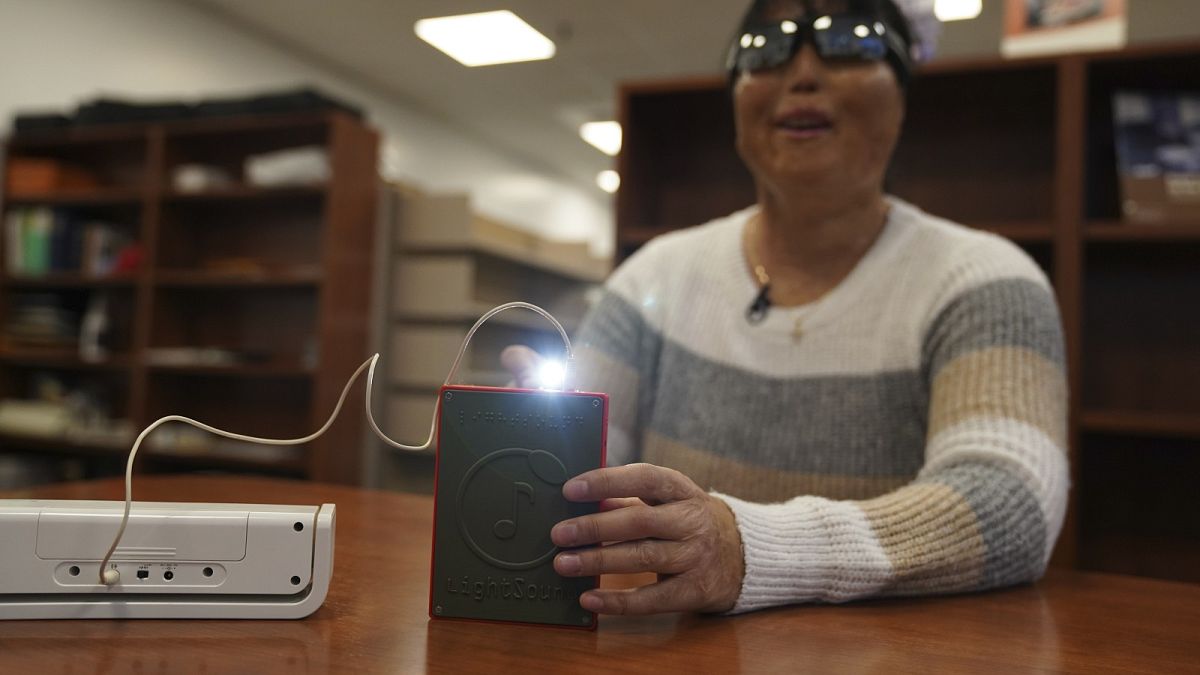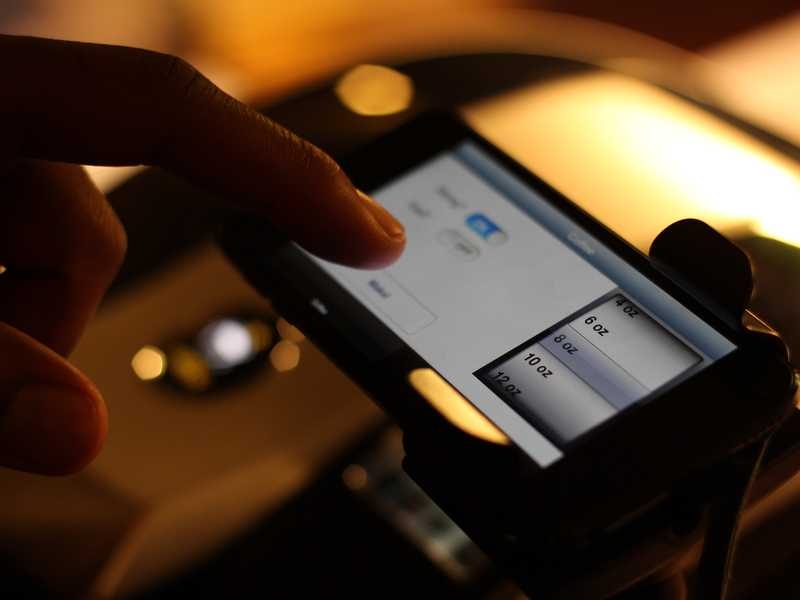Enhancing Lives With Advanced Assistive Tools for the Blind
The combination of sophisticated assistive tools for the blind is transforming how people experience their environments and communicate with their neighborhoods. What does this development suggest for the future of assistive innovation and its duty in equipping people?
Review of Assistive Devices
Assistive devices for the blind encompass a varied variety of tools and technologies developed to boost freedom and enhance the high quality of life for people with visual impairments. These tools provide to various demands, from navigating and movement to interaction and everyday job monitoring.
One of the primary categories of assistive tools consists of wheelchair help, such as white walking canes and guide dogs, which assist individuals browse their surroundings safely. Electronic travel help, furnished with sensing units and audio responses, additionally play a significant role in movement improvement.
In addition, tools that assist with everyday living activities, such as flexible kitchen devices, Braille tags, and chatting watches, empower people to execute jobs independently. Interaction help, including display visitors and Braille screens, help with accessibility to info and enable people to involve properly with the electronic globe.
Furthermore, low-tech options like amplifying glasses and large-print materials stay crucial for lots of customers. Collectively, these assistive gadgets offer not just as useful tools however likewise as essential enablers of freedom, promoting higher involvement in a globe that commonly prioritizes sighted experiences. Their assimilation into day-to-day live is essential for promoting inclusivity and boosting total well-being for those with aesthetic impairments.
Ingenious Technologies in operation
Advancement in innovation has actually dramatically changed the landscape of tools readily available for people with visual impairments. Among one of the most notable advancements are clever glasses incorporated with augmented reality, which offer real-time navigating assistance and object recognition. These gadgets leverage progressed cameras and fabricated intelligence to provide acoustic hints, enhancing the customer's spatial recognition and autonomy.
Furthermore, mobile applications have actually arised as effective resources, enabling users to determine currency, reviewed text aloud, and browse strange environments through verbal instructions. Devices such as Braille screens and refreshable Braille gadgets proceed to evolve, offering seamless connection with computer systems and smartphones, consequently enhancing communication and access to info.
Wearable modern technology, including smartwatches outfitted with voice-activated features, additionally encourages customers by helping with fast accessibility to alerts and informs without needing aesthetic involvement. Tactile maps and 3D printing are likewise acquiring grip, providing tangible representations of spaces that aid in orientation and mobility training.
Collectively, these innovative innovations not just improve the lives of aesthetically impaired people yet likewise foster greater freedom, inclusivity, and involvement with the wider community, consequently improving assumptions of accessibility. (Braille displays and notetakers)
Personal Stories of Empowerment
Empowerment often emerges from individual experiences that highlight the transformative influence of technology on people with aesthetic problems. Take, as an example, the story of Sarah, a young musician that regained her passion for paint with making use of a wise walking stick equipped with obstacle discovery. This device not just facilitated her flexibility however instilled a newly found self-confidence, permitting her to browse public rooms individually and pursue her imaginative endeavors.

These stories emphasize the profound results that progressed assistive devices can have on everyday life. By enabling people to conquer obstacles, innovation fosters a feeling of freedom and self-worth. Such empowerment tales act as a testament to the capacity of innovation, highlighting just how the vision care center right tools can significantly boost lifestyle and open doors to new opportunities for those with aesthetic problems.
Advantages of Advanced Solutions
The integration of sophisticated technology right into assistive devices significantly transforms day-to-day experiences for those affected by vision loss. Wearable technology for low vision. Tools such as clever walking sticks furnished with sensing units, navigation apps, and wearable modern technology are developed to offer real-time responses, improving spatial recognition and minimizing the risks associated with wheelchair.
Moreover, advanced assistive technologies cultivate social inclusion by helping with interaction and communication. Voice-activated devices and applications permit individuals to accessibility details and engage with their surroundings separately, damaging barriers that previously impeded their involvement in academic, specialist, and social settings.
Additionally, the customization and versatility of these remedies provide to the diverse needs of customers, therefore boosting their overall quality of life. Enhanced functionality, such as things recognition and text-to-speech capabilities, encourages individuals with aesthetic disabilities to do tasks that they might have when discovered challenging. Eventually, progressed assistive innovations not only enhance independence and safety but also promote self-respect and self-respect, permitting users to lead meeting lives.
Future Fads in Assistive Tech
As innovation remains to evolve, the landscape of assistive gadgets for the blind is positioned for amazing advancements that will certainly additionally boost accessibility and self-reliance. Emerging patterns in assistive modern technology indicate a change towards boosted combination of expert system (AI) and artificial intelligence, allowing gadgets to adjust to specific customer requires important site in real-time. These advancements are expected to assist in more user-friendly navigating systems that can identify obstacles and provide audio feedback, significantly boosting outside mobility.
In addition, the growth of wearable technology, such as wise glasses outfitted with enhanced truth, will certainly enable users to get contextual information about their surroundings, therefore enriching their spatial recognition. Developments in haptic modern technology guarantee to create responsive feedback tools, permitting customers to perceive details with touch, enhancing learning and interaction with their setting.
Telecommunication advancements are likewise leading the way for remote aid services, where skilled professionals can provide guidance through video calls, making sure support is conveniently accessible. As these patterns unfold, the future of assistive gadgets for the blind will unquestionably cultivate higher autonomy, equipping individuals to browse their globe with self-confidence and convenience.

Conclusion
The integration of innovative assistive gadgets for the blind represents a considerable improvement in fostering self-reliance and enhancing quality of life. By making use of ingenious modern technologies, these devices empower customers to browse their settings with better confidence and autonomy. As the area remains to develop, continuous r & d will likely produce a lot more innovative options, additionally changing the lived experiences of people with aesthetic disabilities and promoting a higher sense of addition within society.
The combination of innovative assistive tools for the blind is changing how people experience their environments and connect with their neighborhoods. The integration of innovative modern technology into assistive tools dramatically transforms day-to-day experiences for those affected by vision loss.As innovation continues to evolve, the landscape of assistive devices for the blind is positioned for impressive innovations that will certainly better enhance accessibility and self-reliance. Emerging fads in assistive modern technology show a shift towards raised assimilation of artificial intelligence (AI) and maker learning, enabling his response tools to adapt to specific customer needs in real-time.The integration of innovative assistive gadgets for the blind represents a considerable advancement in promoting independence and improving high quality of life.
Comments on “Screen Readers for the Blind: Accessing Content Without Barriers”